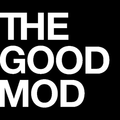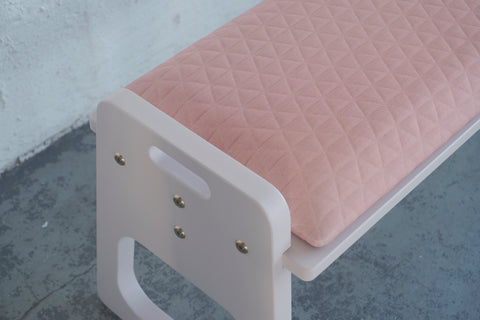Sky Reaching, Textile Space: Our Collab with Bora Architects
Recently, we we were lucky enough to have the opportunity to collaborate with BORA architects on a large-scale architectural installation made of a textile shell and a metal skeleton. A multi-disciplinary project imagined for a Portland Institute of Contemporary Art event, it explores the connection between fashion and shelter.

Bora's Fabric and the Threshold of Shelter Installation, 2018
How do we approach the connection between architecture and fashion? How I conceptualize is by way of historical reflections: the first exhibit coming to mind being the ethereal work of fashion designer Issey Miyake. Miyake designed an environmental, floating UFO dress, made possible by his invention of a technology that heat pleats clothing. Heat pleating imprints onto textile a “memory” of form that allows for strong structural geometry and easy storability.

Issey Miyake Flying Saucer Dress, 1994
The concept of Issey Miyake's clothing has been reified by architects such as Kengo Kuma. Kengo Kuma designed pleated sky scraper adornments, offsetting the hardness of buildings with textural softness. Both platforms, Issey Miyake's clothing and Kuma's buildings, represent the beauty of moveable and breathable form and space, allowing light and fresh air in through their geometric crevices.

Kengo Kuma Shanghai Tower Adornment, 2015
Re-situating ourselves in beloved Portland, BORA architects takes a slightly different approach than Miyake and Kuma. BORA has a relative idea of “movability” when they speak about their own textile/architectural concept. BORA's movability explores our cultural and physical opposition to the natural world. This negative relationship is human isolation within closed spaces and excessive shielding from our swaths of blue sky. BORA imagines a different world through a lens of how possible airy textile, and thus building, can really be.


BORA ambitiously subverts the hard-exterior building in their own way. Their structure, in the end, takes a natural form with multiple entrances and openings, welcoming an ecosystem of people and environmental factors, becoming a community space.
The Good Mod was so lucky to take part in BORA's project by assisting in the fabrication and assembling of the structure. Special thank you to Marziah Rajabzadeh at BORA!
- Isadora Bratton-Benfield






